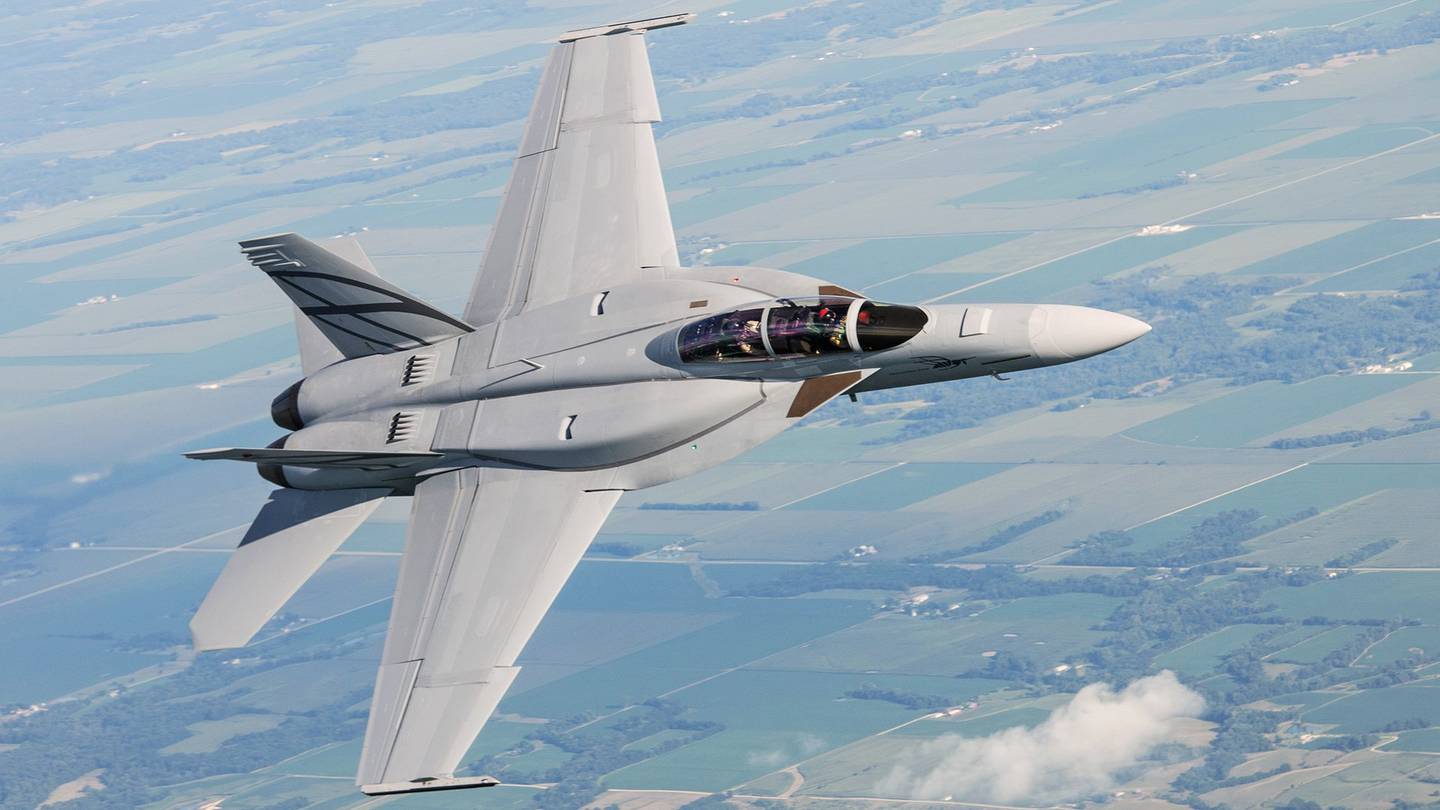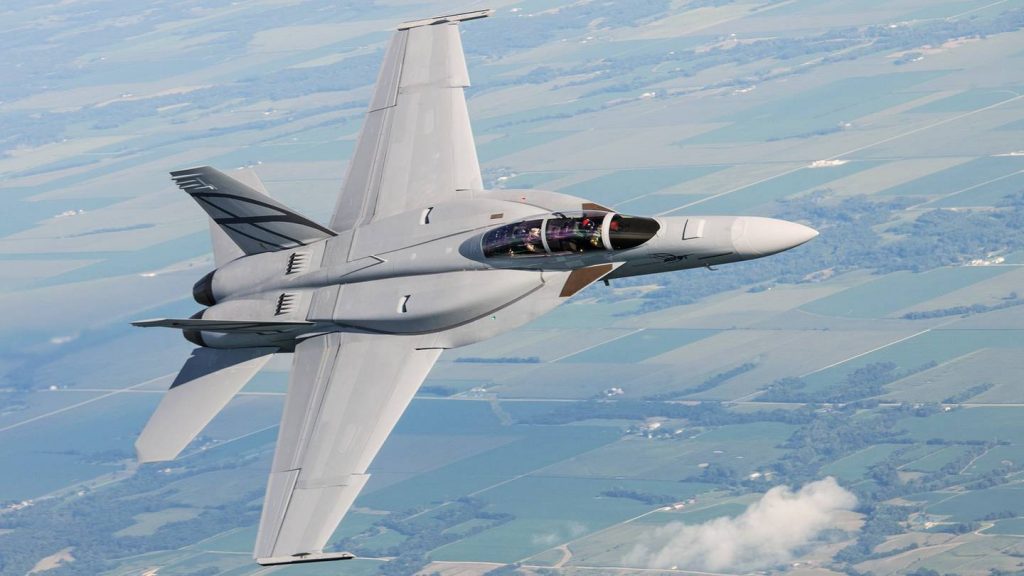Source: The National Interest
By Dave Majumdar
As new adversary fifth-generation stealth fighters such as the Russian Sukhoi Su-57 PAK-FA and the Chengdu J-20 emerge from development, the United States Navy is working on developing and fielding new capabilities that will allow naval aviators to defeat the threat.
The key is Boeing’s new F/A-18E/F Block III Super Hornet—and the advanced new technologies incorporated into the jet—combined with the upgraded capabilities of the Boeing/Lockheed Martin Infrared Search and Track (IRST) Block II pod.
By upgrading older platforms with new datalinks, massively increased processing power and new sensors, Boeing and the Navy have found a way to negate the threat to carrier aviation from emerging low observable threat platforms. “IRST—infrared search and track long range counter-stealth targeting technology,” Dan Gillian, Boeing’s vice president of F/A-18 & EA-18 Programs for Strike, Surveillance and Mobility, told reporters on May 23.
“This is filling a gap for the carrier air wing, bringing that sensor back to the carrier air wing in a networked kind of way.”
Read more at: http://nationalinterest.org/blog/the-buzz/how-the-navys-new-block-iii-super-hornet-could-crush-chinas-25964?page=show


